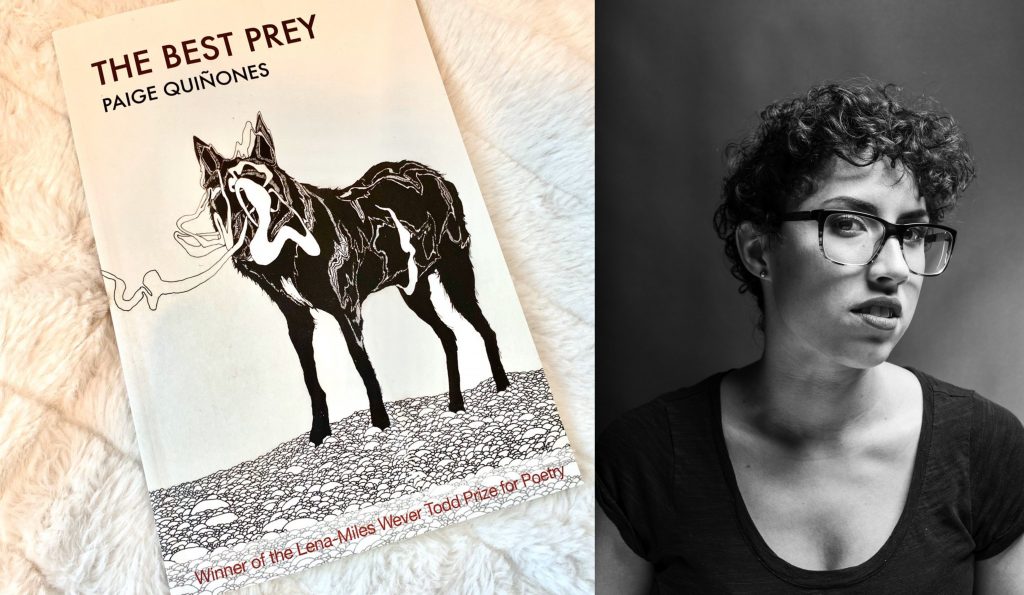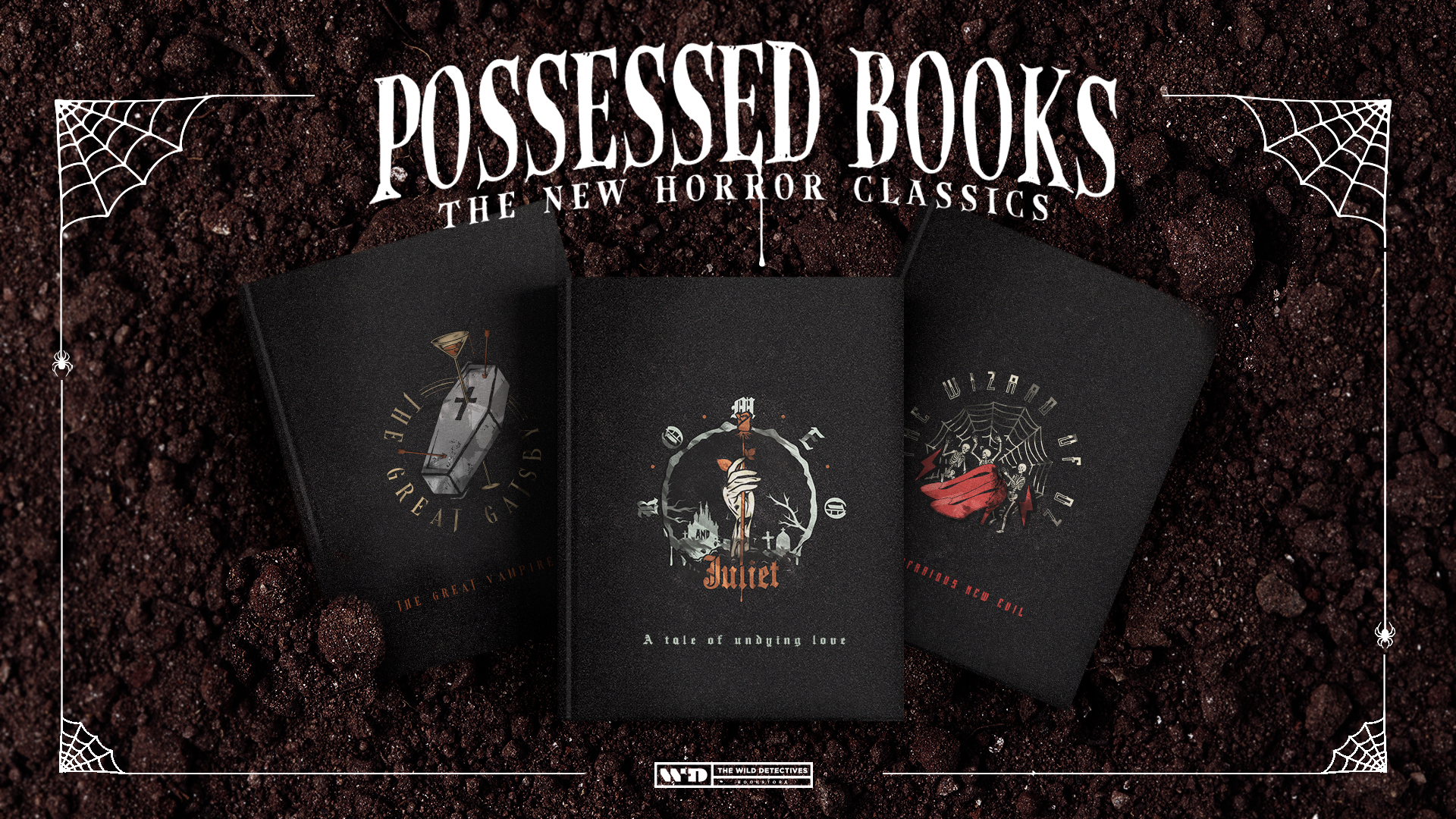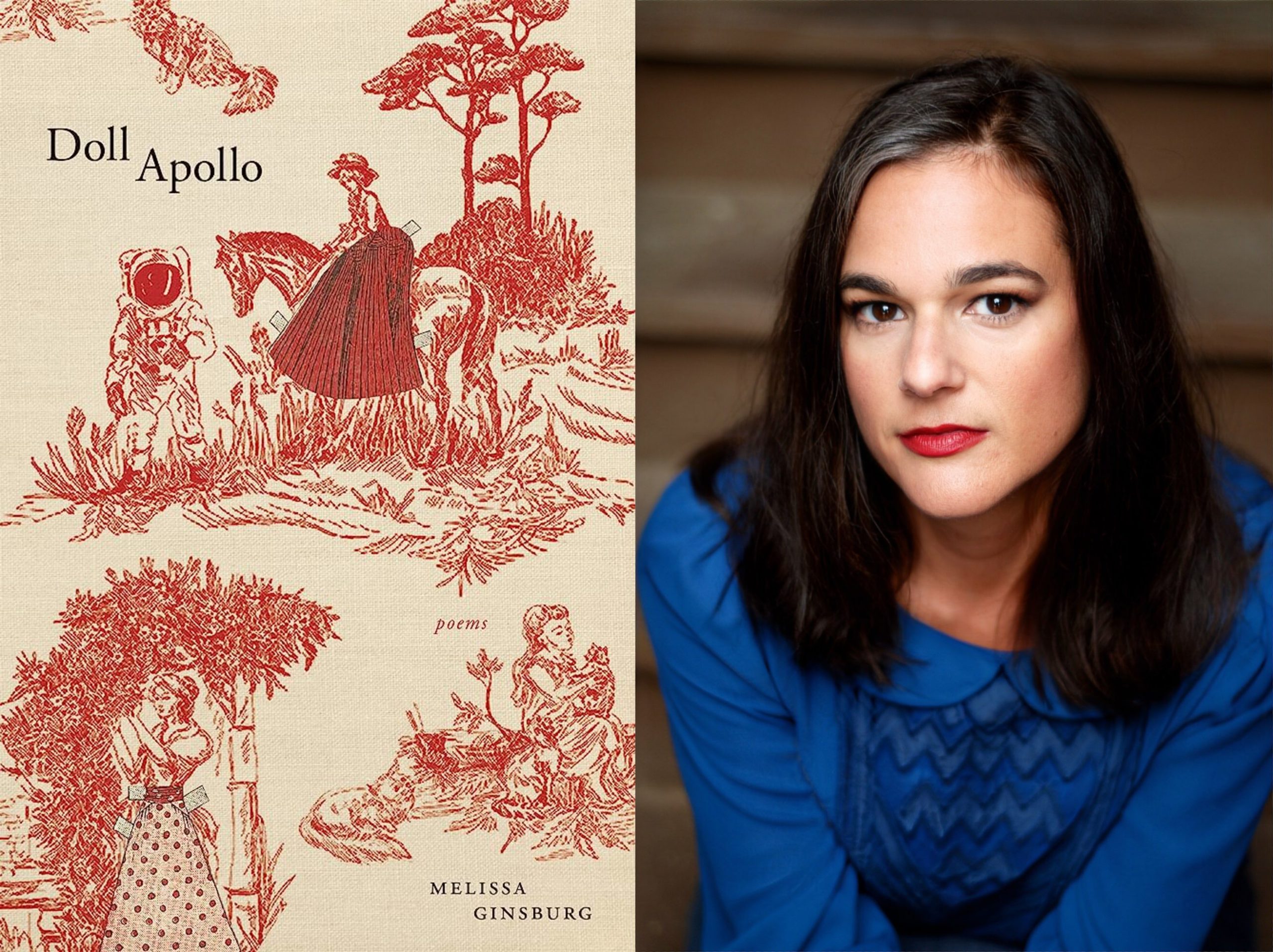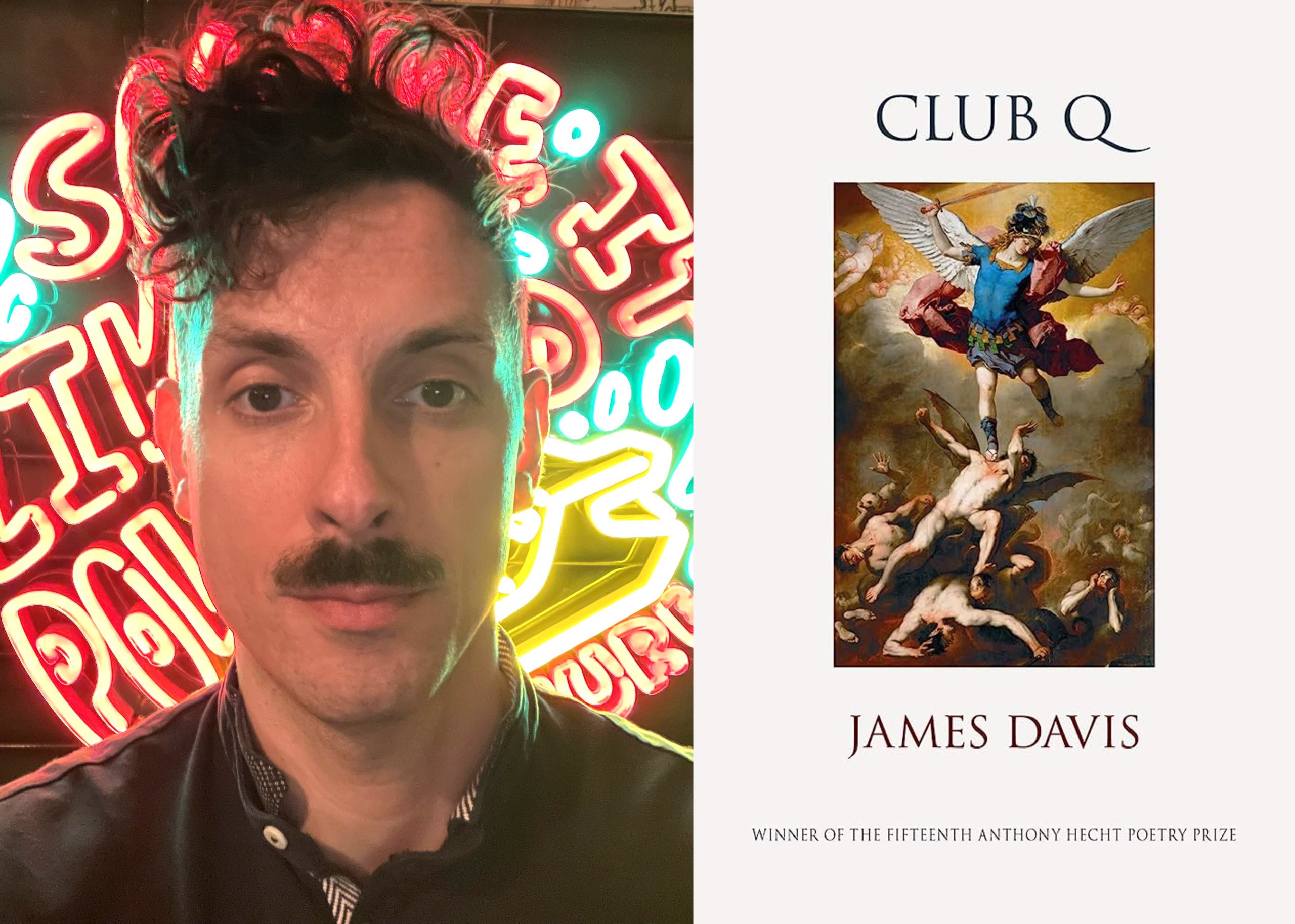The Best Prey (Pleiades Press, 2021), Paige Quiñones’s debut poetry collection and winner of the Lena-Miles Wever Todd Prize for Poetry, contain poems that pulse to a provocative beat. It’s a rhythm that edges on the powerful intersection of danger and desire.
Added to this is a wildness that spits out images that sting as if laced in venom. The result: you both want and resist the poison. “Don´t be afraid when I grow / a dragon’s tail or a bouquet / in my snarl these are / my spells / whether or not you like it” (Black Magic Pact).
The paradoxical celebration of the inner beast and the quelching of its power resonate throughout the collection. “You fear the animal you can become at will” (Duena Del Bosque), and yet the animal inside is that which produces an element of visceral desire essential to sustain life itself. Quiñones explores this in Still Life With Wadded Paper Towels when the speaker says, “And though I’ve touched a body not mine, / I’m surprised by your heat, how / I can perceive this desire so easily– / we are betrayed at our most animal.”
There is the ache to break free of the constraints that come with having a bodily self, with its desire for intimacy and connection. In Ode to Hysteria + Anhedonia, for instance, the speaker says “let’s sleep together / since my legs are your legs / & your hands are my almost-twins / sometimes I crave your mouth / more than my own– / together we read the stars / & decide I’m our best prey / I ask us both again / & again / why don’t we just / drown each other.” Self assertion is often combined with self destruction.
Boundless desire, that all-consuming point at which you feel most alive, is drowned out again and again, pushed beneath a watery surface. In Ode to Desire the speaker says, “but on those nights / I need you to / make me into / whatever version / you like best / & sink it.” Quiñones straddles the line between alive and not alive, land and sea, personal identity and collective history.
The impulse to position herself within that transitional space provides a source of momentum. Perhaps this line illustrates it best: “I explain how to gut a fish: / if it’s done quick, you’ll see the heart beating” (Omens I Choose to Ignore). We arrive at a critical juncture where life and death occupy the same moment in time and space. This is what Quiñones seems to do best: she places two extremes side by side. It is uncomfortable, disorienting. It feels like standing at the threshold and not being given permission to pass to either side.
Quiñones’s poems complicate the dualities inherent in life and ask us to consider whether safety is worth it. In her poems, we see that the most whole life can also be the most fractured.
Page Quiñones was the last guest for The Inner Moonlight Podcast, you can listen to the conversation here
You can find this book here






